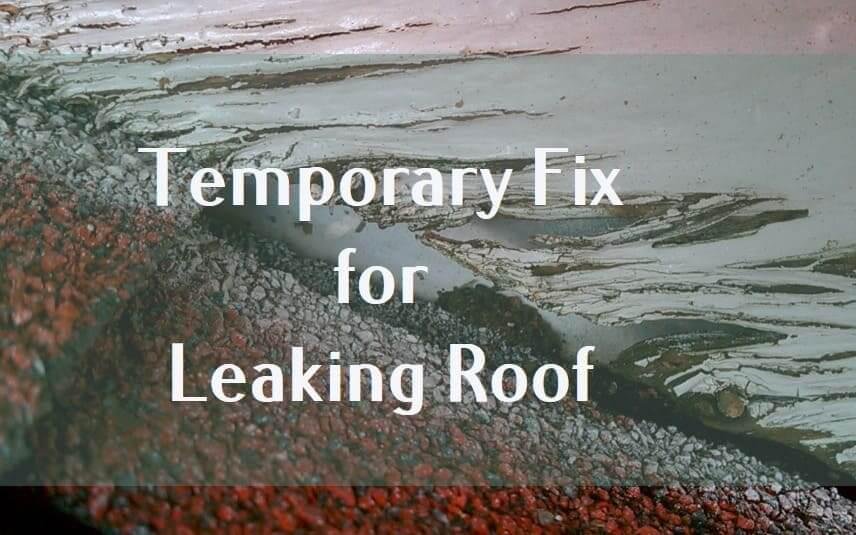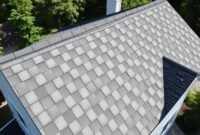If you’re dealing with a leaky roof and need a temporary fix, several DIY roof repairs can help prevent further water damage. These methods can be a lifesaver, especially if you need to cover the leak until the rain has stopped and you can find a roofing contractor for a more permanent solution. You can find the explanation in this article below.
How to Stop a Roof Leak Temporarily
To begin with, we all agree that roof leak isn’t a joke. It’s an annoying thing that turns out to be damaging to your house. If you are not dealing with it, mold can grow in your attic, which may cause your home to be unhealthy to live in in the long run.
That’s why many people try to find how to fix a leaking roof, even as a temporary solution.
The temporary fix for leaking roof can also help if you cannot fix your roof yourself.
Or, when you are so broke, you cannot hire a roofer to fix the problem.
Read also: Problems with Two Layers of Shingles
Several methods of how to fix a leaking roof temporarily can be seen in this explanation below :

- Getting a tarp to stop the leak
A tarp is a common emergency roof repair method to fix a leaky roof temporarily. Although visible from the outside, a tarp can effectively cover the leak and protect against further water damage.
Secure the tarp with roofing nails to ensure it stays in place, especially during windy conditions. Plus, this solution doesn’t cost you many as hiring a roofer.
The drawback of using a tarp is that it can be blown away when the wild wind comes. Plus, if the leaks come not only on one side, you must also prepare more tarps, which may not be an aesthetically pleasing method for your roof.
- Replacing the shingle
Hiring a handyperson to replace a roofer is an excellent way to fix your leak temporarily. With the help of the handyman, you may start replacing those broken shingles without dealing with the leaking roof in the first place.
Although the problem can come again, this can temporarily stop the leak, especially if you need to collect money to hire a professional roofer.
Read also: Replacing Shingle Roof with Metal Roof
- Getting roof cement, sealant, or silicone
Another method that you can use to fix your leaking roof temporarily is by plastering the leak with some roof cement, silicone, or sealants. However, these three solutions will work best only if you have only small leaks.
Also, ensure that cement and silicone are best if the leak is dry already. If not, you need to use rubber sealants to seal the leak. Hire a handyman if you’re not accustomed to working with the roof.
Well, you may wonder why it is so essential to secure the small leaks you get on your roof ASAP. The answer is simple: by doing so, you can prevent further damage you need to fix your property. That said, it’d be best to try your best to find out the source of the leaking as soon as you find that drip-drip-drip sound while raining.
Another reason is that you may risk your roof becoming a cozy living space for molds, as mentioned earlier. This can even send you more damage: not only the roof that’s now wet, but you may also catch respiratory problems. Remember, you may end up paying more for health-related issues, right?
Importance of Long-Term Repairs
While these temporary fixes can mitigate immediate damage, planning for long-term roofing repair is crucial. Temporary solutions like plastic sheets or sealants are not meant to last indefinitely. Consulting with a professional roofing contractor can help you understand the extent of the damage and the necessary steps for a permanent fix.
So, that sums up several methods to fix your leaking roof. What do you think? Which one of the temporary fix for leaking roofs that you think you’ll implement? Whichever method you are picking, that’d be important if you plan to fix the leaks permanently soon.


